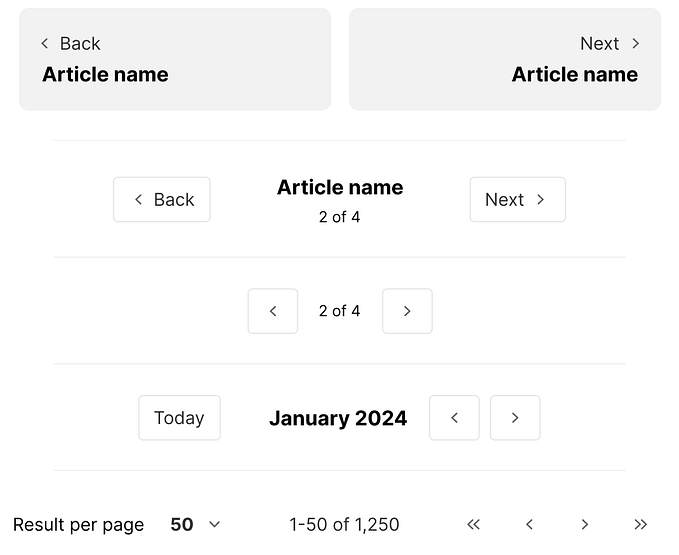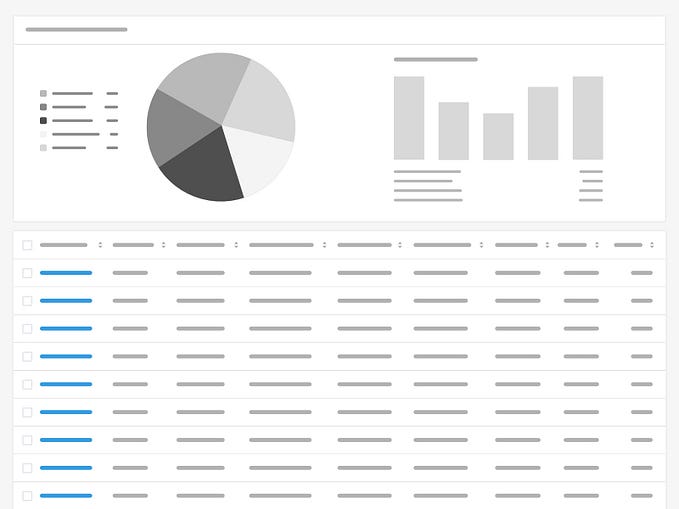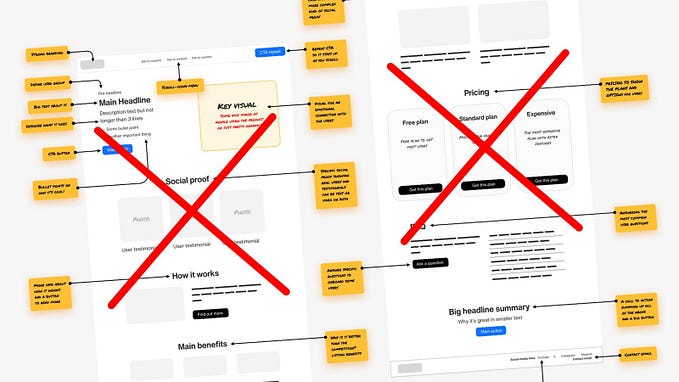A More Human Interface Through AI
Use machine learning to adapt UI to the individual user
Users are individuals. Their goals and action are unique. In the name of user-centricity, designers bucket people into groups based on their similar goals and behaviors. This grouping focuses the outcome of the interface, but is contradictory. To be genuinely user-centered, designers should treat each user as an individual human being.

What if designers used artificial intelligence to augment their decisions?
The old methods of user experience will continue to be invaluable to the product design process and will direct the significant design decisions. Machine learning will take it one step further by continually calibrating design based on user activity.
AI will recognize usage patterns and create subtle changes to the UI. These small changes will have a compound effect over time, designing the ideal interface to accommodate a person’s needs and abilities.
What could go wrong?
The moral dilemma of AI influenced UI
As Eli Pariser points out in his book The Filter Bubble, personalizing content based on a user’s previous interactions further isolates them in their preconceived reality.
Allowing an algorithm to manipulate a user interface to fit an individual’s usage patterns is far different from allowing an algorithm to manipulate the content people view.
However, as every media critic likes to point out, the medium is the message. This phrase was coined by Marshall McLuhan, who believed the medium content is distributed through influences how it is perceived, thus changing the meaning of the message. Does the user interface design change a user’s actions, thereby changing the content the action produces? Undoubtedly so. Could AI adapt UI toward perilous ends? Perhaps.
Despite the risks, I think designers should embrace artificial intelligence to augment their decisions. Picture a world in which UI is forever calibrating to user activity until the interface and human are interwoven together.
Building a better UI foundation

Operating systems go through endless refreshes and redesigns in an attempt to keep up with changing paradigms. This constant evolution is a good thing, and one in which machine learning should accelerate.
Designers must lay an universal foundation to work successfully with artificial intelligence. Is anyone working on this?
Contact me on Twitter, and Dribbble.







